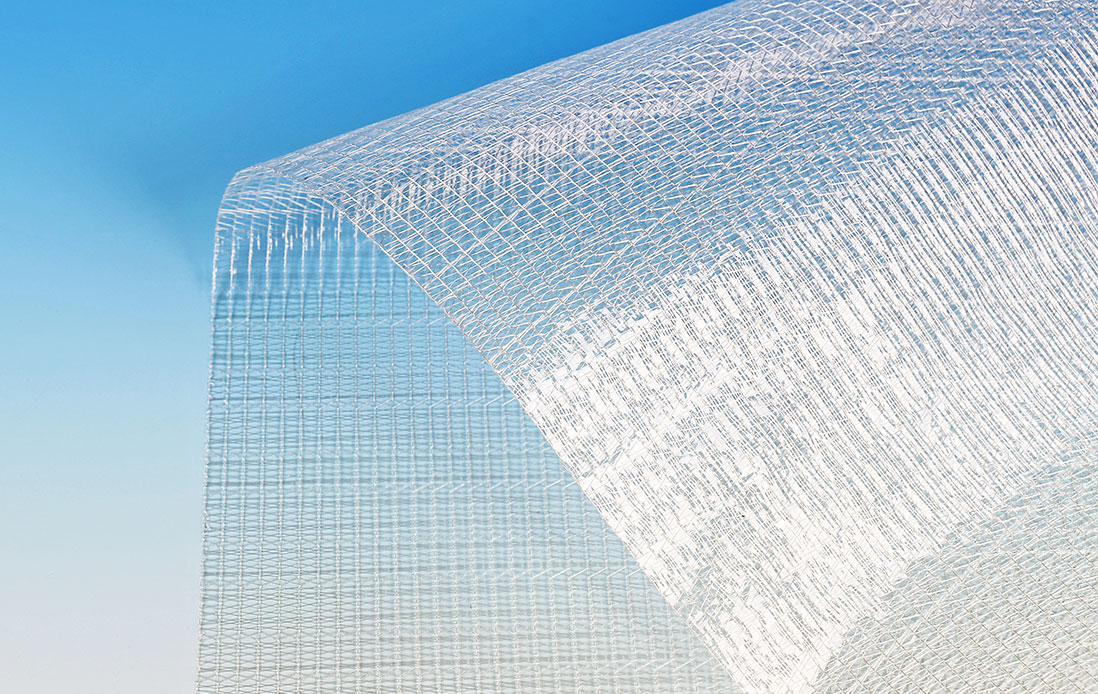Winter is coming and the need for heating is increasing by the minute. Get prepared with 5 tips for energy saving in your greenhouse.

Double-check the heater
Whether you’re using hot air, oil or gas, if you don’t do the proper maintenance, you’re most definitely using more fuel than you should be.
Calibrate once a year, and you’ll see a massive difference in your energy bill.
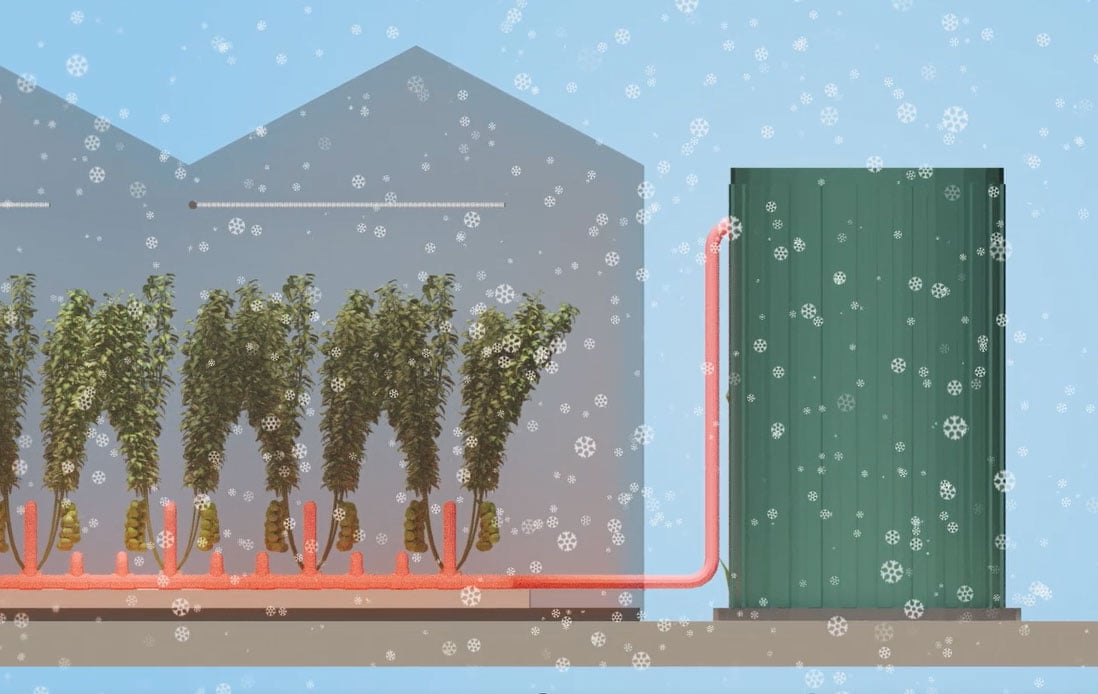

Check your computer settings
Computers don’t know when it’s winter. You likely have your systems set for maximum light exposure, which is great.
But forget to check or change your control settings with the season, and on a cold winter day, you could be caught with your windows or roofs open.


Seal it up
Put seals on your screens! The heat will find every little crack to make its way out of your greenhouse. You lose a surprising amount of hot air between screens, walls, and coverings.
You likely have a vent that won’t seal tightly. And the smaller the greenhouse, the more heat you’re going to lose. It’s one of our most significant recommendations and one with the most impact.
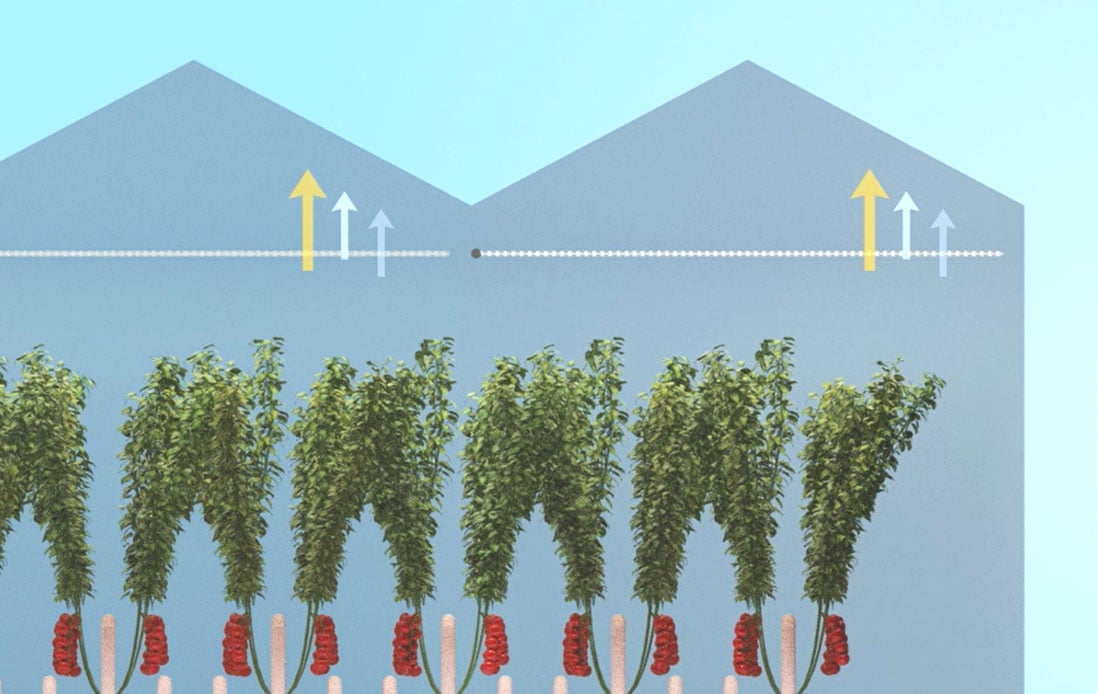

Investigate roofing
Roofs are one of those things that are easy to set and forget.
But unless you’ve recently retrofitted or built new construction, technology has likely come a long way since yours was installed. It used to be glass or poly, period.
Now there are new glass types with lower emissivity. And even double poly gives you options for different thicknesses of layers to impact emissivity.
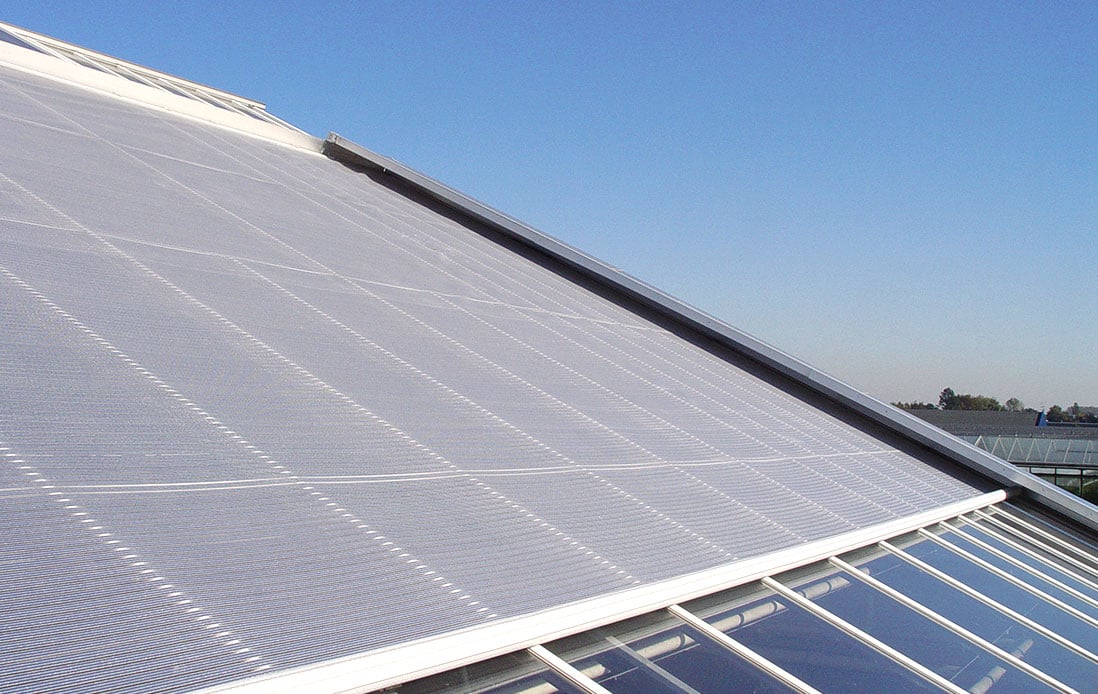

Pull the screens
One of the most significant ways to decrease your energy bill comes with energy curtains. Colder geographic areas are going to two screens for maximum light and minimum heat loss, and some growers are even triple screening.
Plus, they have the added appeal of quick payback: Single curtain layers often payback in less than three years and, in some cases, less than two. It’s the most efficient way to save energy.
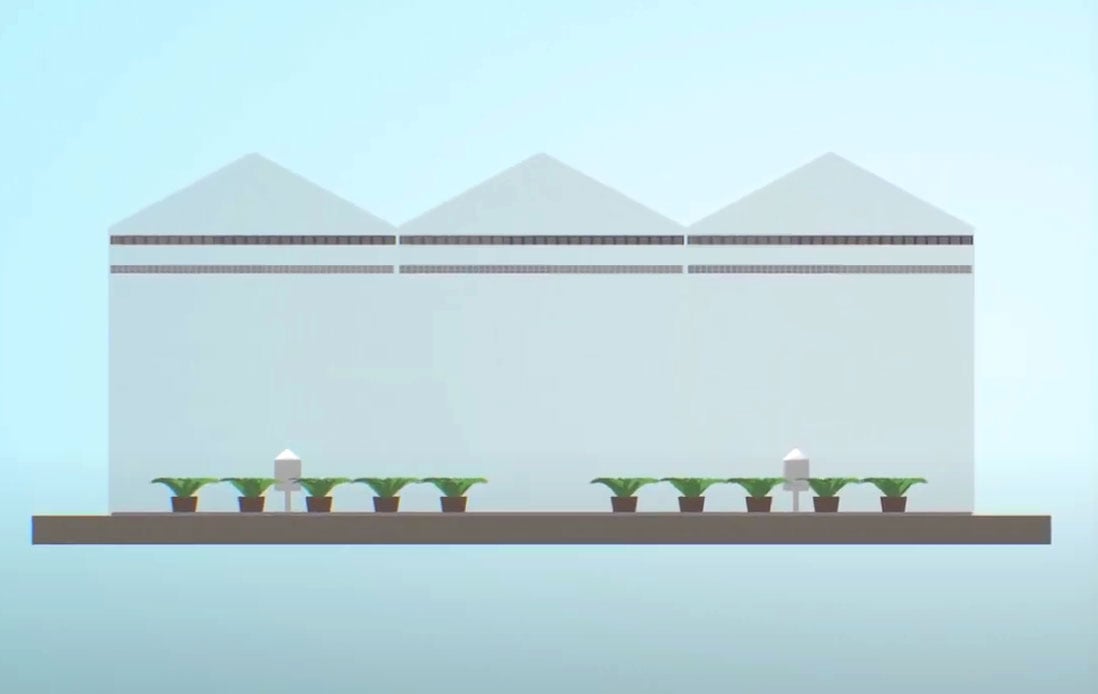
The ideal energy-saving screen
LUXOUS 1147 FR is ideal for saving energy – night and day. It combines good heat retention with maximum light transmission.
Its heat retention stabilizes temperatures – minimizing dew and the risk of fungal diseases.
